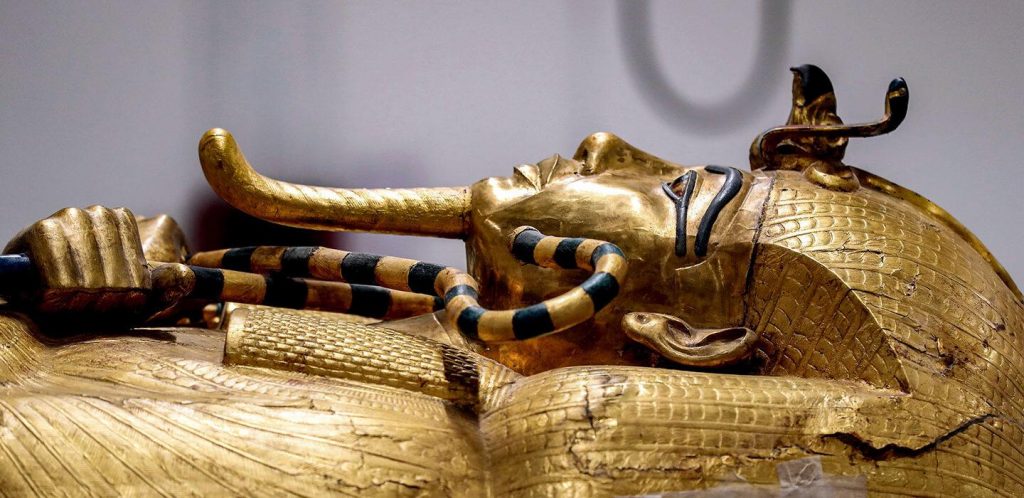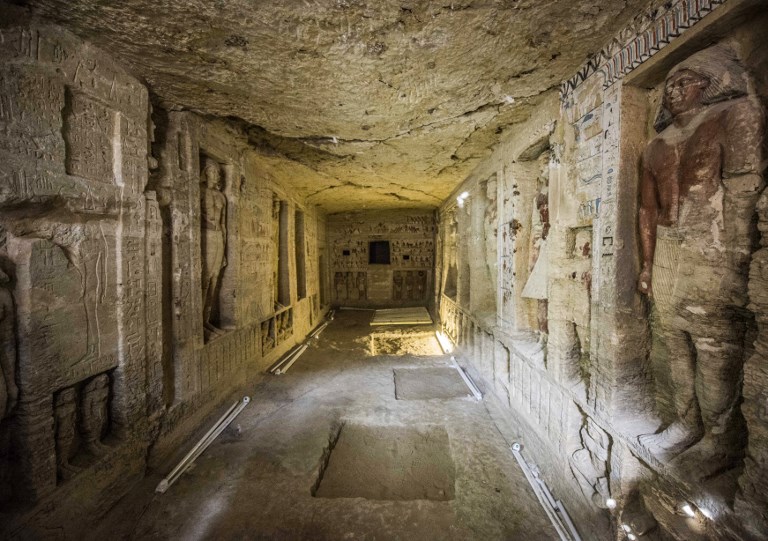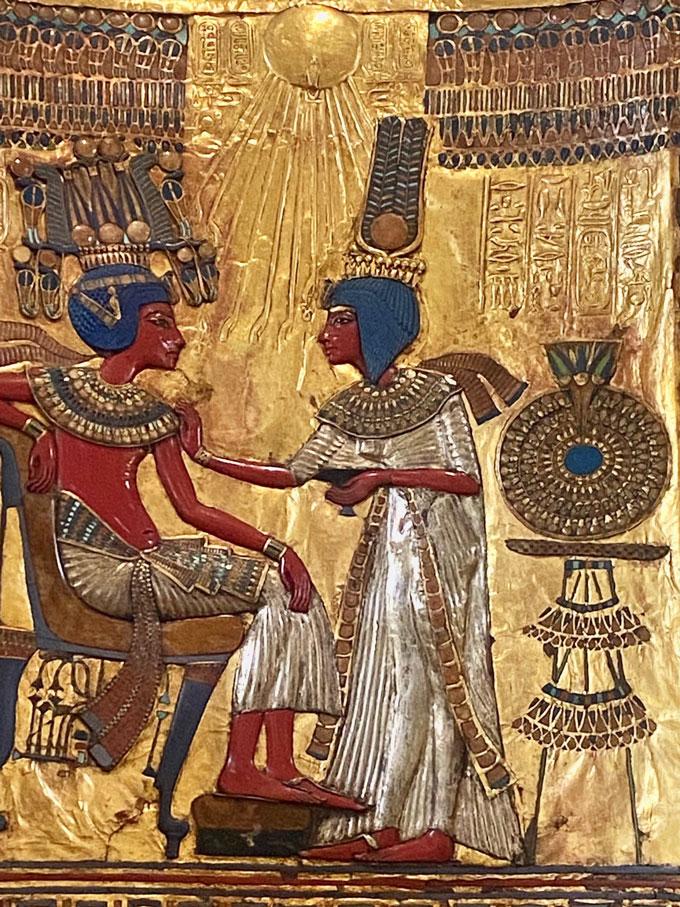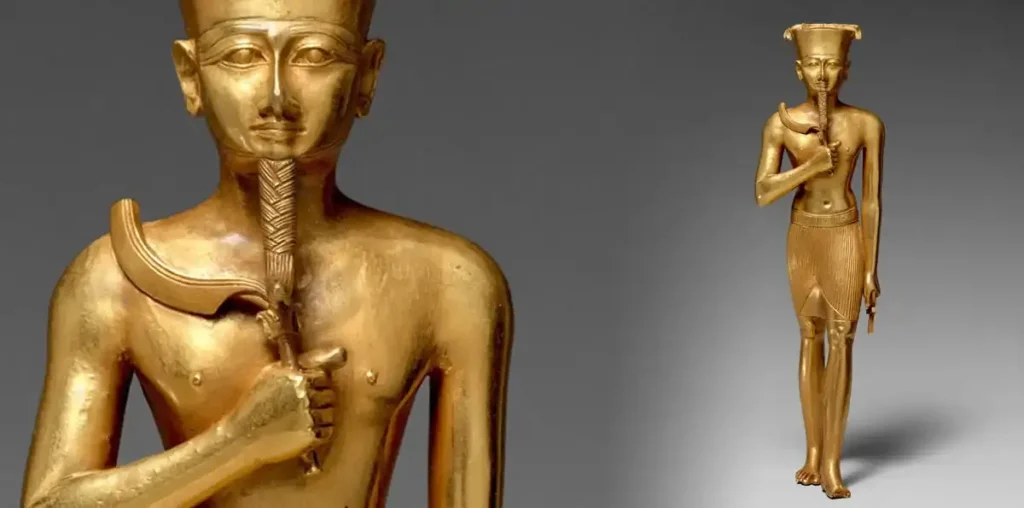The golden mask of Tutankhamun, with its intricate craftsmanship and serene expression, has become a global icon of ancient Egyptian splendor. However, nearly a century after British archaeologist Howard Carter’s monumental discovery of the boy king’s tomb in 1922, the enigmatic tomb continues to intrigue scholars and adventurers alike with secrets yet to be fully revealed.
### The Initial Discovery

When Howard Carter first peered into the tomb of Tutankhamun, famously exclaiming he saw “wonderful things,” the world was captivated by the wealth of treasures within. The tomb, remarkably intact, contained thousands of artifacts, including the iconic gold mask, jewelry, chariots, and the king’s nested coffins. The discovery provided an unprecedented look into the opulence of the 18th Dynasty and the life of a young pharaoh who reigned during a pivotal period in Egyptian history.
### Unanswered Mysteries
Despite the exhaustive cataloging and analysis of the tomb’s contents, numerous questions remain. For instance, the cause of Tutankhamun’s death at the young age of 19 has been the subject of much debate. While CT scans and DNA analysis suggest a combination of malaria and a possible bone disorder, other theories point to a chariot accident or even murder.

### Hidden Chambers
One of the most tantalizing prospects lies in the potential existence of hidden chambers within the tomb. In 2015, radar scans conducted by archaeologist Nicholas Reeves suggested the presence of two hidden rooms behind the north and west walls of the burial chamber. Reeves hypothesized that these chambers could contain the remains of Queen Nefertiti or other royal figures. Although subsequent scans provided mixed results, the possibility of undiscovered chambers keeps the intrigue alive.
### The Curse of the Pharaoh
The so-called “curse of the pharaohs” has long fascinated and terrified the public. Shortly after the tomb’s discovery, several individuals connected to the excavation, including Lord Carnarvon, who financed Carter’s work, died under mysterious circumstances. While modern scholars attribute these deaths to natural causes, superstition surrounding the curse continues to add an air of mystique to Tutankhamun’s legacy. While modern scholars attribute these deaths to natural causes, the legend of the curse continues to lend an aura of mystery to Tutankhamun’s legacy.

### Conservation Challenges
The tomb itself faces ongoing conservation challenges. The influx of tourists, coupled with natural environmental factors, has led to concerns about the preservation of the site. Efforts to mitigate damage include the installation of climate control systems and the development of replicas for tourists to visit, thereby reducing the impact on the original tomb.
### Technological Advances
Modern technology continues to offer new ways to explore and understand Tutankhamun’s tomb. Advances in imaging techniques, such as 3D scanning and photogrammetry, allow for detailed documentation of the tomb’s condition and the creation of precise digital models. These technologies enable researchers to study the tomb’s structure and artifacts in ways that were previously impossible, potentially uncovering new insights without further physical intervention.

The allure of King Tutankhamun’s tomb lies not only in its golden treasures but also in the enduring mysteries it holds. Each artifact, from the smallest amulet to the grandest sarcophagus, tells a story of a civilization at the height of its power and creativity. Yet, the full narrative of Tutankhamun’s life, death, and burial remains elusive.
As archaeologists and scientists continue to probe the depths of this ancient sepulcher, they do so with the knowledge that each new discovery, however small, contributes to our understanding of ancient Egypt. The tomb of Tutankhamun remains a symbol of the past’s capacity to surprise and teach us, ensuring that the legacy of the boy king will continue to captivate generations to come.
In this ongoing journey of exploration and discovery, the secrets of King Tut’s tomb remind us that history is never fully written and that the past always has more to reveal.



